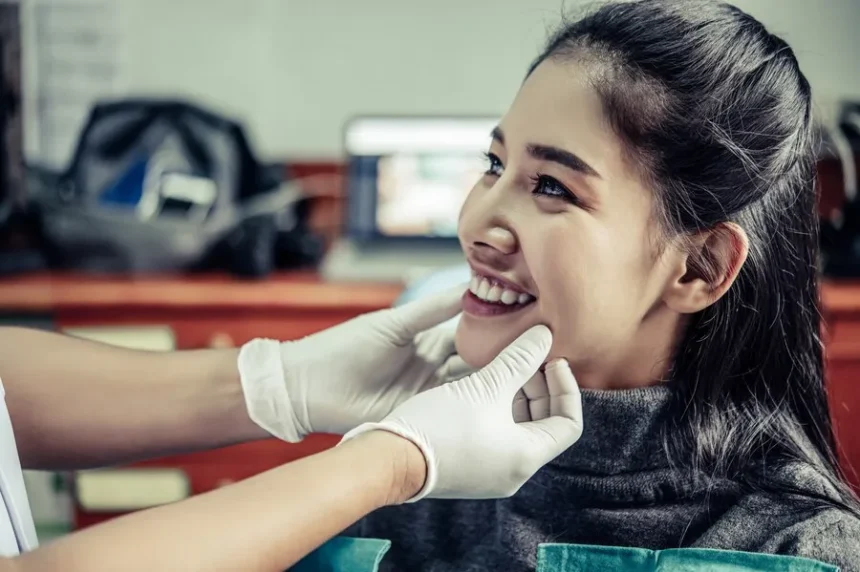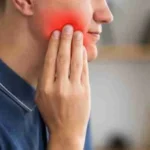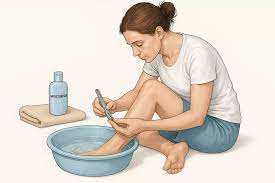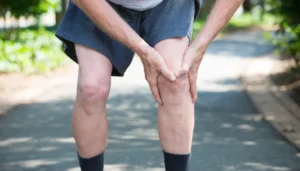Temporomandibular joint disorder affects the jaw joint and the surrounding muscles that control jaw movement. Depending on the severity of your condition, there are conservative treatment methods, intermediate intervention options, and advanced therapeutic approaches that address different aspects of TMJ-related problems. Here is more information on the range of treatment approaches available for managing TMJ symptoms and dysfunction:
Conservative Treatment Methods
Rest and activity modification form the foundation of TMJ treatment protocols. Patients benefit from avoiding hard or chewy foods that require excessive jaw movement. Soft food diets reduce mechanical stress on the temporomandibular joint while allowing inflamed tissues to recover. Limiting jaw opening during activities such as yawning or singing helps prevent overextension of the joint structures.
Heat and cold therapy applications provide symptom relief through different mechanisms. Cold packs reduce inflammation and numb pain during acute symptom flares. Heat applications promote muscle relaxation and improve blood circulation in chronic cases. Alternating between heat and cold treatments throughout the day addresses both inflammatory and muscular components of TMJ dysfunction.
Intermediate Intervention Options
Oral appliances are a common intermediate treatment approach for TMJ disorders. Night guards protect the teeth from grinding forces and may reduce jaw muscle tension during sleep. Splints position the jaw in optimal alignment and distribute bite forces more evenly. Custom-fitted appliances provide better comfort and effectiveness compared to over-the-counter options.
Dental adjustments address bite alignment issues that contribute to TMJ problems. Selective reshaping of tooth surfaces can improve jaw positioning and reduce joint stress. Orthodontic treatment corrects significant bite irregularities that affect jaw function. Restorative dental work replaces missing or damaged teeth that alter normal jaw mechanics.
Trigger point injections target specific muscle knots and tender areas in the jaw and facial muscles. Local anesthetic injections provide temporary pain relief while allowing tight muscles to relax. Botulinum toxin injections reduce muscle hyperactivity in cases where excessive jaw muscle tension contributes to symptoms. These injections typically provide relief lasting several months.
Advanced Therapeutic Approaches
Arthrocentesis procedures involve washing out the TMJ space with sterile fluid to remove inflammatory debris. This minimally invasive technique can improve joint mobility and reduce pain in certain cases. The procedure uses small needles to access the joint space and does not require surgical incisions.
Arthroscopy allows direct visualization and treatment of internal joint structures through small incisions. Surgeons can remove scar tissue, reposition displaced discs, or smooth irregular joint surfaces. The minimally invasive approach reduces recovery time while addressing specific structural problems within the joint.
Open joint surgery addresses severe structural damage or deformities that cannot be treated through less invasive methods. Joint replacement procedures may be necessary in cases of severe arthritis or joint destruction. Disc repositioning surgeries attempt to restore normal anatomical relationships within the joint. These procedures require extensive recovery periods and comprehensive rehabilitation programs.
Find a TMJ Specialist
TMJ treatment encompasses a wide range of options from conservative self-care methods to advanced surgical interventions. The selection of appropriate treatments depends on symptom severity, underlying causes, and individual patient factors that influence treatment response. Consult with a specialist who can create a customized treatment plan based on your specific case.














